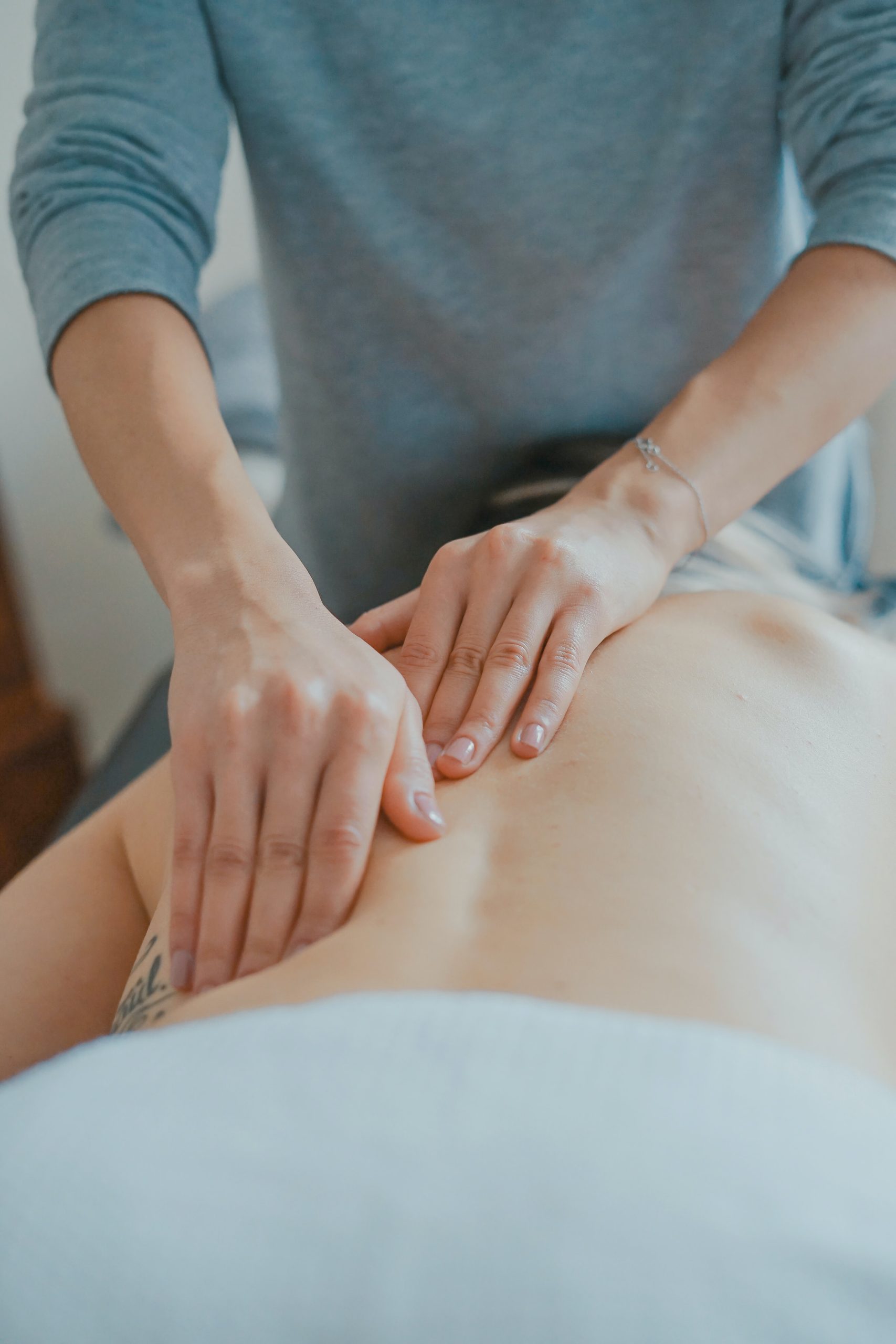Normally, your spine should assume a natural spinal curvature. However, when this curve bends abnormally, it deters with your body posture or triggers occasional discomfort and pain. Depending on the location of the spinal curve, doctors found names for these abnormal spinal curvatures termed as spinal deformities. They include kyphosis, scoliosis, flatback and excess lordosis.
Now that you have noticed that you have an unusual curve at the middle of your spine, there’s urgent need to see a spine specialist who will guide you on how to prevent further progression of the curvature. In the meantime, this piece will educate more on how to determine if you have an abnormal curve and if it’s something that should get you worried.
How does a normal spinal curvature look like?
Your spine supports the body and is made up of stacked up discs and vertebrae that run from the neck to your lower back. A normal spine has a gentle and slight curve on it. While viewing it from the back, it should run straight through the middle. Abnormal curves may appear anywhere along the spine and tend to curve with greater angles than they are supposed to be.
What spinal curvature condition could you be developing?
Scoliosis forces the spine to curve to the side. Curves tend to develop from small angles, and if left unattended to, they develop into more prominent curves. According to doctors, any spinal curvature that measures more than ten degrees can be categorized as scoliosis. The curve often forces the spine to assume the shape of an “S” or “C.” The curve may develop anywhere along the spine, but mostly it affects the thoracic and lumbar segments. What are the major causes of scoliosis?
Although the exact cause of scoliosis remains unknown, many specialists speculate that it could emanate from:
- Unusual bone formation at birth.
- Injury to the back.
- Degenerative illnesses and weakness in bones.
When should you see a specialist?
- When you have immense pain and discomfort in your back, neck, and hips.
- When your body posture changes and leans more to one side. Your clothes also don’t seem to fit evenly like they used to.
Treatments available for scoliosis
- Chiropractic care- chiropractors are specialists in spinal manipulation and adjustment. Although there is no cure for scoliosis, your chiropractor will help you manage the pain and prevent further progression in the curvature.
- Medication- pain medication helps make the condition bearable.
- Braces- they are mostly recommended on teens and children whose bones are still growing. The braces prevent further progression of the condition.
Other treatments that slow down the progression of scoliosis include exercises, stretches, proper nutrition, physical therapy and acupuncture.
Could it be another condition other than scoliosis?
Yes. At the moment, you are working on assumptions. All in all, any unusual curve along the spine should get you worried and seek proper medical attention from a spinal specialist. Other conditions that cause abnormal curves along the spine include:
Kyphosis
Like scoliosis, kyphosis causes an exaggerated rounded curve pulling out of the upper back. While a normal spine curve at the thoracic region should be within 20 to 50 degrees, kyphosis forces a curve greater than 50 degrees. Patients experience moderate back pain and fatigue. With kyphosis, the curvature forces the body to hunch over and appear as if you are lounging.
Lordosis
On the other hand, lordosis affects the lower back with a developing curvature that makes it hard to move, stand or sleep appropriately without feeling some discomfort. Patients with lordosis may appear to have sticking out bottoms and stomachs. Doctors describe the spine of a lordosis patient to having a curve below the back epitomizes a “C.”
Flatback
As the term suggests, it occurs when your spine loses all its natural curves and assumes an abnormally straight state. You may have difficulty standing and moving straight.
From your description of a curve around the mid-section of your spine, you could assume that you have a developing scoliosis condition. You might want to book an appointment with a spine specialist for more accurate diagnosis, examinations, and expert advice on how to prevent further progression of the spinal curvature.
You don’t have to keep guessing. You already have a reason to book an appointment with us, chiropractors you can trust with your spine. Call us today at 205-637-1363 and let us help you clear your doubts and guide you through the journey to living a fulfilling life with any spinal condition.








